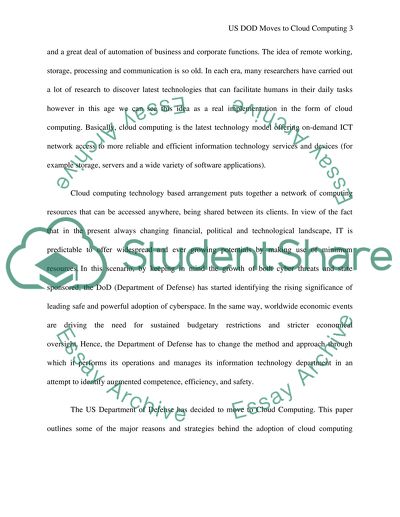Cite this document
(“US Department of Defense moves to Cloud Computing Research Paper”, n.d.)
US Department of Defense moves to Cloud Computing Research Paper. Retrieved from https://studentshare.org/information-technology/1401372-us-department-of-defense-moves-to-cloud-computing
US Department of Defense moves to Cloud Computing Research Paper. Retrieved from https://studentshare.org/information-technology/1401372-us-department-of-defense-moves-to-cloud-computing
(US Department of Defense Moves to Cloud Computing Research Paper)
US Department of Defense Moves to Cloud Computing Research Paper. https://studentshare.org/information-technology/1401372-us-department-of-defense-moves-to-cloud-computing.
US Department of Defense Moves to Cloud Computing Research Paper. https://studentshare.org/information-technology/1401372-us-department-of-defense-moves-to-cloud-computing.
“US Department of Defense Moves to Cloud Computing Research Paper”, n.d. https://studentshare.org/information-technology/1401372-us-department-of-defense-moves-to-cloud-computing.


